(This blog is the first of a two-part story as we celebrate our 40th Anniversary. It features our conversation with Mary K. Richter, NFED’s Founder, and her son, Charley Richter.)
“Don’t do it!”
That was perhaps the funniest advice Mary Kaye Richter got in 1981 from another founder of a nonprofit organization. He told her it would take over her life. Mary Kaye admits that was somewhat true.
“You have to give it your all or it won’t work,” Richter said.
Mary Kaye recalls this anecdote as she sits at her kitchen table reflecting on the NFED’s 40th anniversary. It’s a cold January morning on the Richter farm in southwestern Illinois. For hours, she recounts the incredible stories of the Foundations’ earliest days and the extraordinary people who played key roles.
That the conversation is happening here, at her kitchen table, is not lost on us. This is precisely the spot where she began working on the idea of bringing families together back in 1981. That simple thought would ultimately lead to an organization helping families affected by ectodermal dysplasias around the world. The NFED operated out of her farmhouse for its first year.
In the Beginning
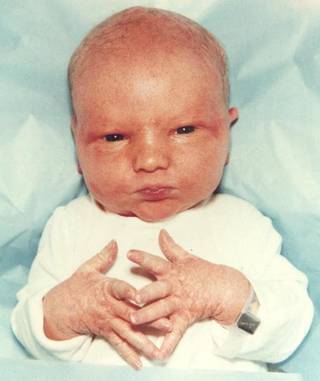
The NFED story really begins with the birth of Charley Richter, Mary Kaye’s third child. He was diagnosed with hypohidrotic ectodermal dysplasia (HED) at 18 months old by his dentist, Dr. Jack Lintz, after failing to develop teeth. They now had a name to explain his overheating, sparse hair, and lack of teeth but no other information about the condition.
The determined mother and her family physician, Dr. William R. Larson, began the search to learn more. He found just two medical articles and both were more than 50 years old. Information about ectodermal dysplasias in 1979 simply didn’t exist.
Initially, Mary Kaye wanted to find other families to learn how to best take care of Charley. She was told there were only seven cases in the country, leaving her feeling hopeless. How would she ever find them? It felt nearly impossible, but that quickly changed after a conversation with a friend at a wedding. Her friend shared that she had a friend whose grandson had ectodermal dysplasia. And Mary Kaye knew there must be more than just seven families!
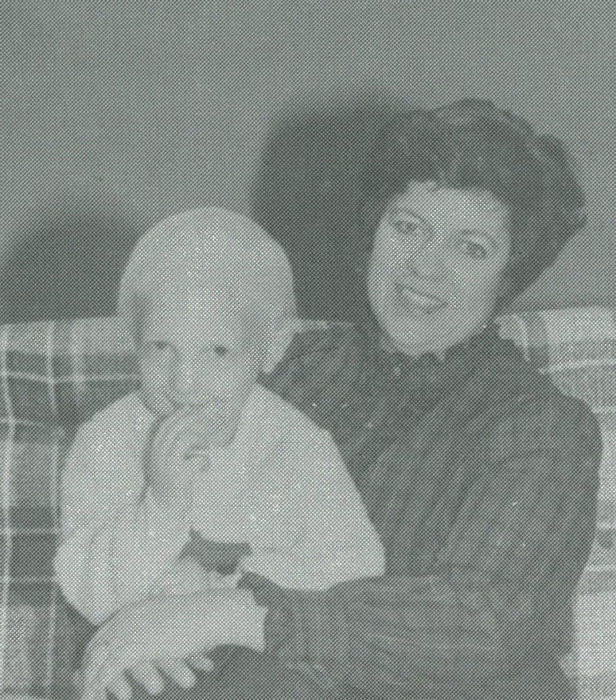
About this same time, a TV show called, “That’s Incredible,” featured a young boy affected by ectodermal dysplasia who couldn’t sweat. NASA had gifted him an elaborate cooling suit to help him play outside. Mary Kaye called ABC television who, amazingly, gave her the name and phone number of the boy’s mother.
Mary Kaye answered enough of the mother’s questions correctly to assure her that she indeed had an affected child and was not from a tabloid! She told her that she was trying to find more families and asked the mother to share her contact information with other affected families she might meet. And that’s how the first families with ectodermal dysplasias found each other.
Getting Dentists Involved
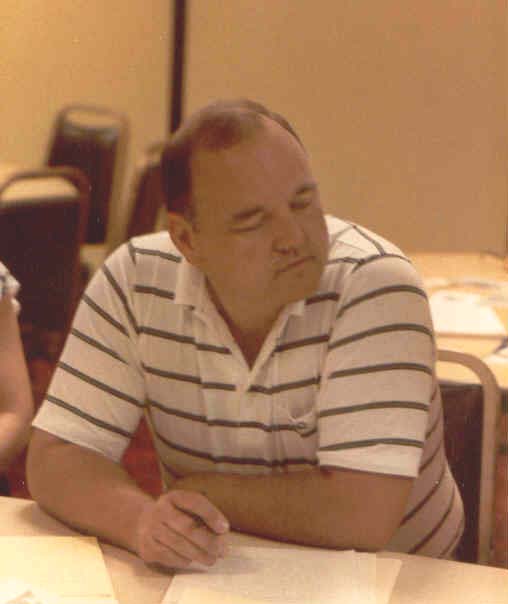
Given Charley’s lack of teeth, it seemed possible that dentists might be able to connect her with more families. In the summer of 1981, Mary Kaye wrote to dentists at 60 dental schools asking if they had treated any similar patients. Pediatric dentist, Dr. Frank H. Farrington, from Virginia responded first. He would dedicate the next 40 years to helping ectodermal dysplasias families.
“A number of dentists called me right away. I will never forget different people calling saying, ‘we have 20 of these people and no one knows what to tell the parents or what to do.’”
It was becoming clear that some kind of organized effort was needed. Not just for her family, but for all of the families who were out there.
Founding a New Nonprofit
Other founders gave her good advice on how to start a nonprofit and how to file the necessary paperwork. She needed to form a Board of Directors and a Scientific Advisory Council.
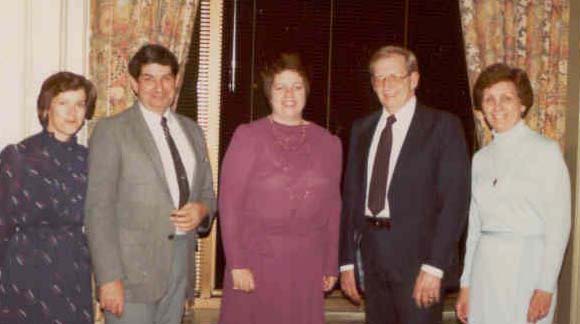
She convened the first board which consisted of Dr. Lintz; Dr. John E. Gilster, a Washington University professor in the School of Dentistry; Rev. Charles Sheffield, her pastor; Roselyn Anderson, the grandmother of a boy affected by XLHED; Sherry Mazur, an NFED mom; and Mary Kaye. Together, they filled out papers to form a 501(c)(3) nonprofit organization in Illinois.
The incorporation papers arrived on Christmas Eve day in 1981 and what a Christmas present it was to get that!
– Mary Kaye Richter
After much deliberation, they called the organization the National Foundation for Ectodermal Dysplasias or NFED. A popular song at the time inspired what would become the new organization’s tagline.
Mary Kaye felt Barry Manilow’s Billboard-chart-topping song, “Can’t Smile Without You” was perfect for the NFED.
“I heard the words, ‘Can’t laugh, can’t sing, finding it hard to do anything.’ I listened to that song and it sure did apply to our families and the NFED. I sent a letter to Barry and asked if we could use ‘we can’t smile without you’ as a tagline for the organization, and he graciously enabled us to do that.”
Dedicated Docs
Her next step had a lasting impact on the organization: finding doctors and dentists to serve on the Scientific Advisory Council (SAC).
“Finding the folks for the SAC, because the ectodermal dysplasias affect so many body functions, wasn’t going to just take a group of dentists or genetics. It was going to take a whole lot of people from different perspectives…Dr. Farrington was eager to get something going along with Dr. Ron Jorgenson, a geneticist/dentist in Texas. Those two guys and I started to think about what was needed on the SAC. And lo and behold, we got some of the very best people in the country.”
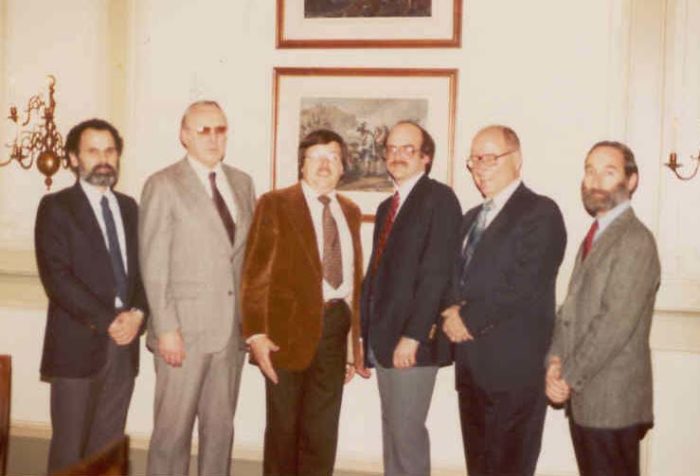
Caring and dedicated people like Drs. Farrington, Jorgenson, Jim Bartley, Ken Brown, Nancy Esterly, Rufus Howard, Stefen Levin, and Barry Tanner charted the course for how they would find answers to families’ questions and provide them with accurate information.
“The sad thing is most of these folks are not with us any longer,” Mary Kaye said. “I wish they could celebrate what they helped start because without them, it would not have happened. They made sure I got to medical and dental meetings I needed to be at. They made sure they told the story and wrote articles for publications in their specialties.”
These physicians and dentists had a big job that first decade since so little information existed, and they rose to the occasion.
Bringing Families Together
With the legalities, board and SAC in place, it was time to focus on the families. From that farmhouse kitchen table, she began writing letters to the approximately 30 families she was in touch with, making mimeograph copies at her church. Those personal letters eventually transformed into a monthly newsletter called, “The Educator.”
Families were relieved and thrilled to find others like them. It was clear by their excitement that they must get together as a community. They planned and held the first Family Conference on September 25, 1982.
“Finding the families and getting the families together was a great satisfaction to me and to them. There’s never been any doubt about that.”
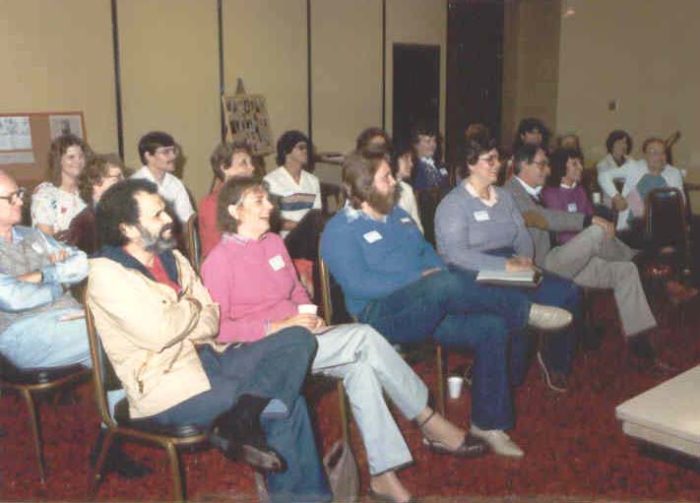
Publishing Accurate Information
The SAC members had just as many questions for the families at that first conference as they did answers. Hearing families’ stories helped identify key priorities for what information was needed.
The first information recorded about ectodermal dysplasias was published by a famous scientist, Charles Darwin, in the 1800s.
Despite that early mention, not much else was published for the next 100 years.
“If you looked for information in a medical journal at that time in the early 1980s, you were not likely to find anything that would be helpful. So, the first job of the foundation was to create information that could be helpful.”
The physicians and dentists on the SAC drafted and published four guides in that first decade: A Family Guide to the Ectodermal Dysplasias, The Dental Guide to the Ectodermal Dysplasias, The EENT Guide to the Ectodermal Dysplasias, and The Skin Guide to the Ectodermal Dysplasias.
“We created that first booklet and the families were so delighted with it,” Richter said.
To this day, putting accurate information into families’ hands is at the very heart of what the NFED does. Families still use several of these guides, which have been updated many times, for their own information and to take to their physicians and schools. The NFED is proud to provide the most information about these conditions, their diagnoses and treatment, than any other organization in the world.
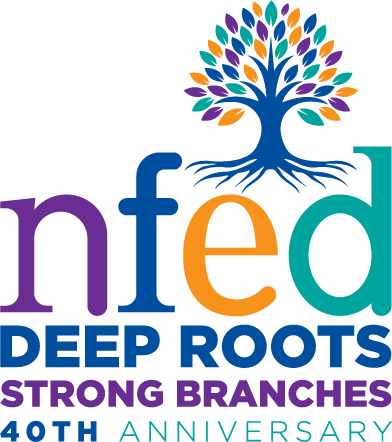
Read part two of our trip down memory lane with NFED Founder, Mary Kaye Richter.
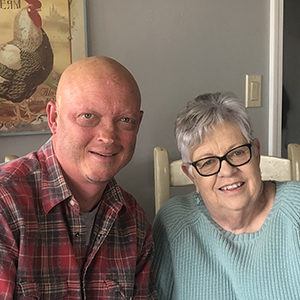
You’re making me misty eyed May Kaye. We are all so thankful for your efforts and dedication over the years. Sending much love to you.
John Dickie IV
I am so grateful for Mary Kaye and what she did to start the NFED! I really enjoyed this article!
Your accomplishments and fortitude are nothing short of a miracle. I very much enjoyed reading this article and meeting you sometime in the early 80’s. I am affected with ectodermal dysplasia, but was not diagnosed until age 24 when I was pregnant with my first child. He was not affected, but my second child, also a boy, is affected.
It is wonderful what Mary Kaye has done and helped so many families. Thank you Mary kaye
Your accomplishments and fortitude are nothing short of a miracle. I very much enjoyed reading this article and meeting you sometime in the early 80’s. I am affected with ectodermal dysplasia, but was not diagnosed until age 24 when I was pregnant with my first child. He was not affected, but my second child, also a boy, is affected.
I felt like I found family on @1990 when I found you. Have enjoyed our visits and all of the friendships that have been made.
Our Randi was born in 1980 and the struggles were real! We had no idea she was affected until Weston, her first child was born! Thank God for you, Mary Kaye, we are so blessed!
Can’t wait to celebrate You!
Mary Kaye we will be forever grateful for your tireless efforts in making life better for our HED children. We have had the pleasure of knowing the foundation since 1985. The family conferences were the one place that our son always felt the most comfortable and accepted. You were the person that I called for help in raising our son. There are not enough words to thank you for your life’s work.
Mary Kaye is the loving force of nature who possessed the insight and the ability to connect families with each other and the dental and medical professionals creating a community like none other- the NFED!! Thank you, Mary Kaye!!
We will never forget what the NFED has done for us. Our son Geoffrey was born with Hay-Wells ED. He was diagnosed at the age of 3 by Dr. Neil Prose at Duke University. It was then that we found out about the foundation. We attended several family conferences and the information we received helped us to take care of Geoffrey. We were so blessed to have found the NFED!
Mary Kaye
Long journey together, from when we first met in 1987 at Cincinnati Family Conference, to the NIH Research Project and Implant Study, to Dr. Zonana’s project to find the XLHED gene, to the first human trials for EDI200, to EDELIFE clinical trials!
In the early days of the family conferences, Bev had me “manage” the 7-10 year olds in a small hotel room. Mary Kaye then thought it would be fun if I helped with the babies, when I first met Ryan and Ruth Geismar.
Our three hour drive around San Diego, as we discussed the next phase in NFED’s growth to achieve the vision she embarked over 40 years ago.
To the many trips to Miscoutah, IL, and tour of her farm with Charley. Charley’s wedding… our families have grown together.
Farm gal with a passion has accomplished! Thanks Mary Kaye
I either have ED, or am a carrier. I knee nothing about it until my oldest was 7 (2018) & diagnosed by an orthodontist. Having access to the information & support NFED has provided has been utterly integral/important to our lives. I can only imagine the stress & worry of trying to raise a child when nothing, or very little is known about a condition. I am most definitely thankful for all of those who have gone before us. We have found the NFED community to be welcoming, caring, helpful, & so, so supportive. I have only learned what I have, because of the (amazing) hard work of all those whom have come before us. I’m sure that just finding out there were others who shared the same diagnosis, let alone meeting them, must have been so enlightening & so overwhelming at times.
Thank you Mary, & all the rest, for all you have done over the yrs. I think I can speak for everyone with ED (whether they even know it or not), when I say we definitely wouldn’t be where we are now, without you!!
Thank you, Mary Kaye! My mom was one of those parents in 1980 who had so little information given to her about my condition. I am now 42 years old and in the process of having dental implants put in. This has been a long journey, but I am so thankful for the help the foundation has given my family and me over the past few years. What a wonderful blessing it has been! Thank you for connecting us all.
I can certainly identify with your Mom. We had little info also when my son was born in 1979. We fell away from NFED due to life’s ‘adventures’ but have returned seeking answers and help especially financial. Best of luck with prayers😊🙏🏼
Have been battling Ed since 1965 hair and dental issues most of my life..i feel for all the people here ….
Hello NFED family
My family was one of the first to meet Dr. Jorgenson through the UTHSC Dental school, San Antonio, TX, when my son Nick Mikulenka was 3 years old. It was an extraordinary beginning to an understanding of Ectodermal Dysplasia which 3 of my 8 siblings ‘inherited’ from our mom, Dorothy Olson. Nick was one of the first children to go through the ‘experimental’ dental implant procedure at the UTHSC Dental School, San Antonio TX. The procedures and follow up processes continued to be successful and he had excellent dental care through high school. The downside to this story is, at that time the physical and emotional support for young people was very limited. Thankfully, Nick had a few awesome educators that helped us as a family manuever through Nick’s struggles. To sum up this email, my son, Dorothy Olson’s grandson, Nicholas Mikulenka,now 43, has struggled for over 25 years with dental health and the emotional battle that goes hand in hand. He is nervously seeking advise and direction for dental care. His physical and mental health are dependent on this care. We would like to say Thank You to the NFED and Mary Kaye Richter for being compassionate, determined advocates over the last 40 years for the families and individuals affected with Ectodermal Dysplasias.
With great respect and admiration,
Dorothy Jo (Mikulenka) Graf
Our family is so thankful for everything you have done! We wouldn’t have known anything about ectodermal dysplasia if it wasn’t for NFED. We would not have been connected to so many amazing people!
Thank you from the bottom of my heart🙏❤️
Thank you for your kind words, Jeanne! We are so glad to have you as a part of our NFED family. – Veronica
Mary Kaye, you taught me who I really am. I wish my parents lived long enough to know the truth about my condition. THANK YOU SO MUCH
Mary Kaye, your extraordinary vision and clear sighted understanding of the needs of the NFED constituency, your persistence and dogged determination to make it better for everyone, your smarts and your gentle yet firm guidance and your ability to recruit and harness the talent around you to build an organization that is a pardigm for support groups of all stripes continue to fill me with awe and respect and love. I cannot possibly express the depth of my gratitude at having been part of this extraordinary group.